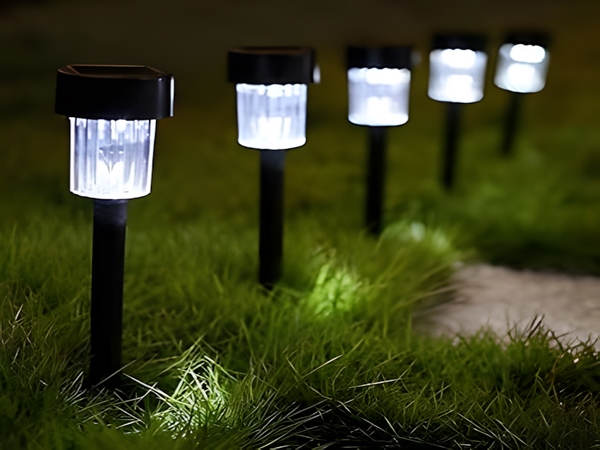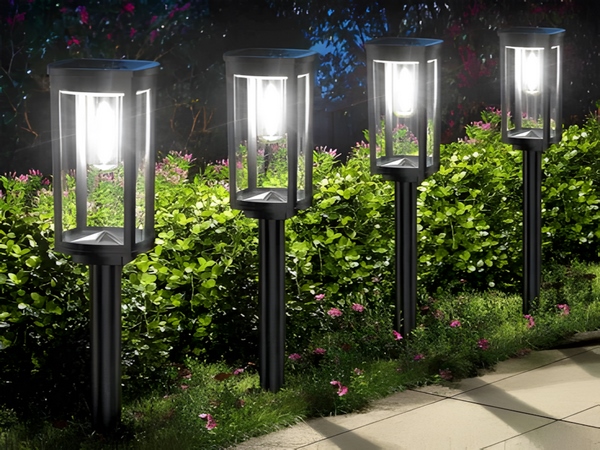

LED streetlights are suitable for national highways, provincial roads, expressways, and urban streets.
Compared to traditional streetlights, LED streetlights have many advantages.
The light source is powered by low-voltage direct current, ensuring safety, energy efficiency, and environmental friendliness.
LED streetlights can withstand high temperatures up to 135 degrees and low temperatures down to -45 degrees.
Similar to solar streetlights, they are environmentally friendly, consume less power, have high luminous efficiency, and a long lifespan, making LED streetlights a chosen option for energy-saving transformations.
Nowadays, streetlight manufacturers primarily use unidirectional light sources, ensuring no light diffusion, which guarantees lighting efficiency.
This allows the light from LED streetlights to reach the areas that require illumination, avoiding excess light pollution while enhancing illumination efficiency.
The lighting efficacy of LEDs has reached 110-130lm/W, and there is significant room for growth.
The luminous efficiency of high-pressure sodium lamps only increases with higher wattage, making the overall lighting efficacy of LED streetlights superior to that of high-pressure sodium lamps.
The color rendering index of LED streetlights is significantly higher than that of high-pressure sodium lamps, which has an index of only about 23, while LED streetlights have an index exceeding 75.
This allows LED streetlights to reduce illumination levels by over 20% compared to high-pressure sodium lamps.
LED streetlights have minimal light decay, with less than 3% decay in one year, maintaining road standards even after 10 years of use.
In contrast, high-pressure sodium lamps experience significant light decay, dropping by over 30% in about a year.
Therefore, LED streetlights can be designed to use lower power compared to high-pressure sodium lamps.
LED streetlights come equipped with automatic energy-saving devices that can reduce power consumption while meeting different lighting requirements at various times.
Features such as computer dimming and automatic inspection can be integrated into intelligent control systems.
High light efficiency is achieved by using chips with a rating of 100LM or more, which can save over 75% energy compared to traditional high-pressure sodium lamps,
resulting in a lifespan of over 50,000 hours.
Installation is straightforward without the need for underground cabling or rectifiers; simply connect them to the light pole or nest the light source into the existing lamp housing.
No lenses are added, and brightness is increased without sacrificing even light color, ensuring uniform lighting without dark spots.

Based on the principles outlined above, LED streetlights can save more than 60% in electricity compared to high-pressure sodium lamps.
Additionally, maintenance costs are significantly lower.
Compared to traditional streetlights, the maintenance costs of LED streetlights are extremely low, and after less than six years, all initial investment costs can be recovered, fulfilling long-standing user expectations.



